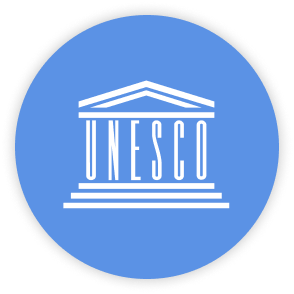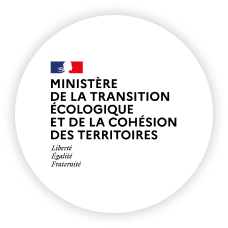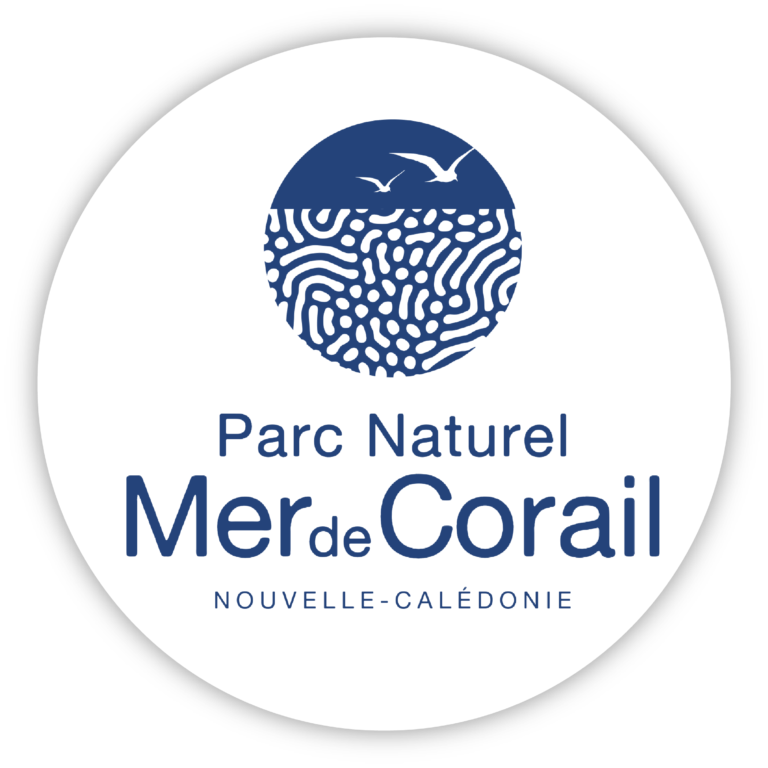Entrecasteaux, in search of the original ocean
Biodiversity
A timeless journey of discovery
of the seabed from
20,000 years ago
In the far west of the Pacific Ocean, between the Australian coast and the Vanuatu archipelago, lies a sea from another time: the Coral Sea.
This natural setting, untouched by human interference, is one of the last remaining wildernesses of our oceans. In a world where climate change is threatening all biodiversity, and coral reefs in particular, there is still a place where you can discover the ocean's original splendors.
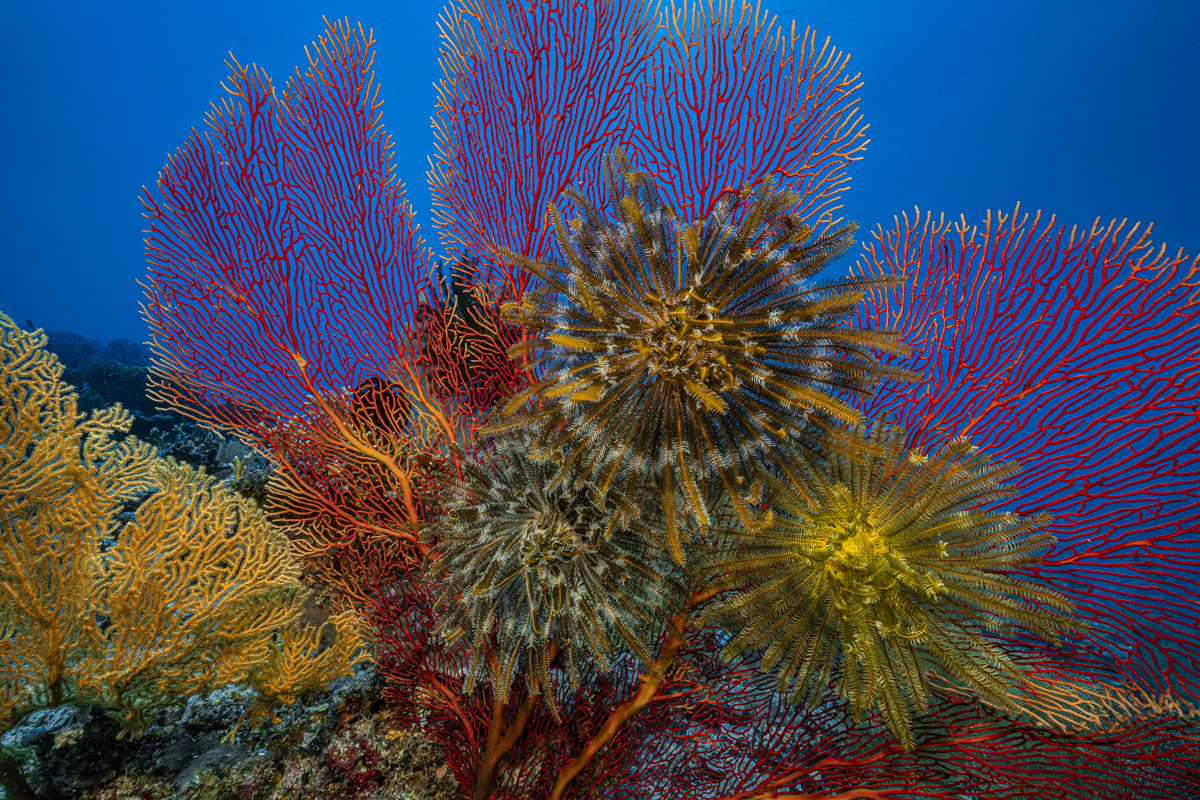

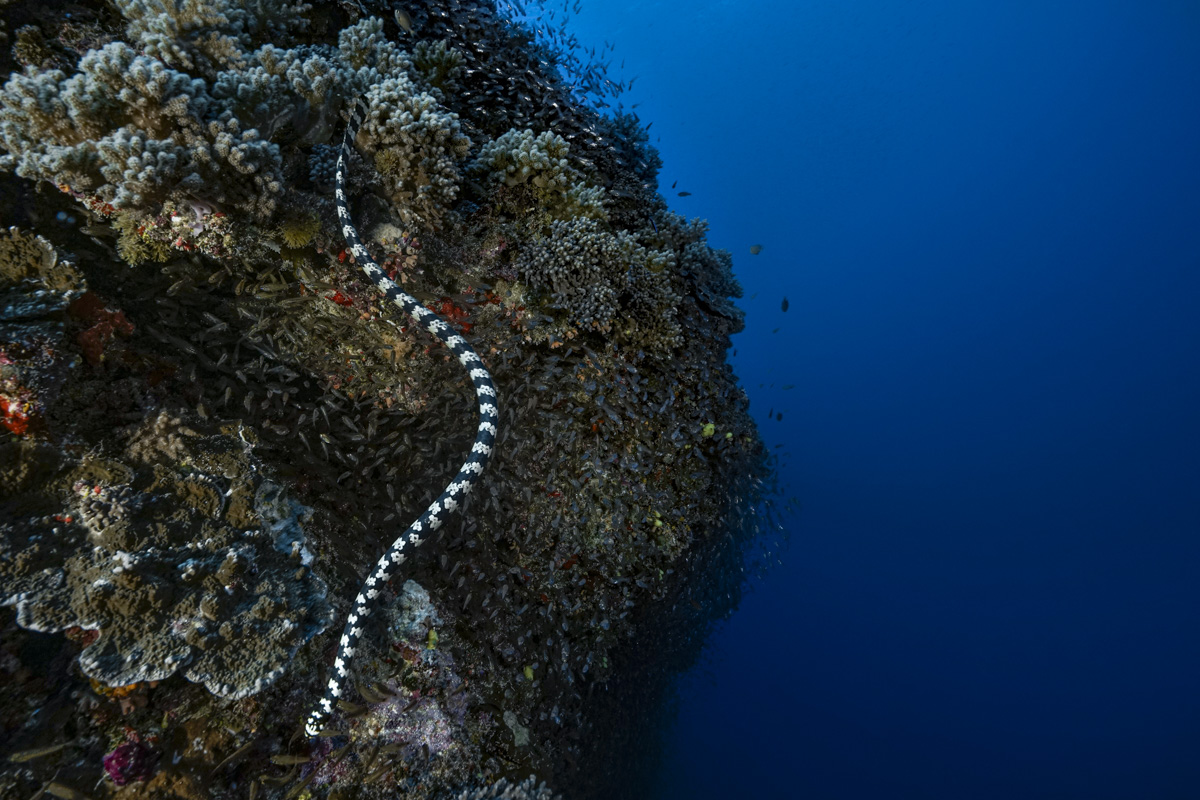





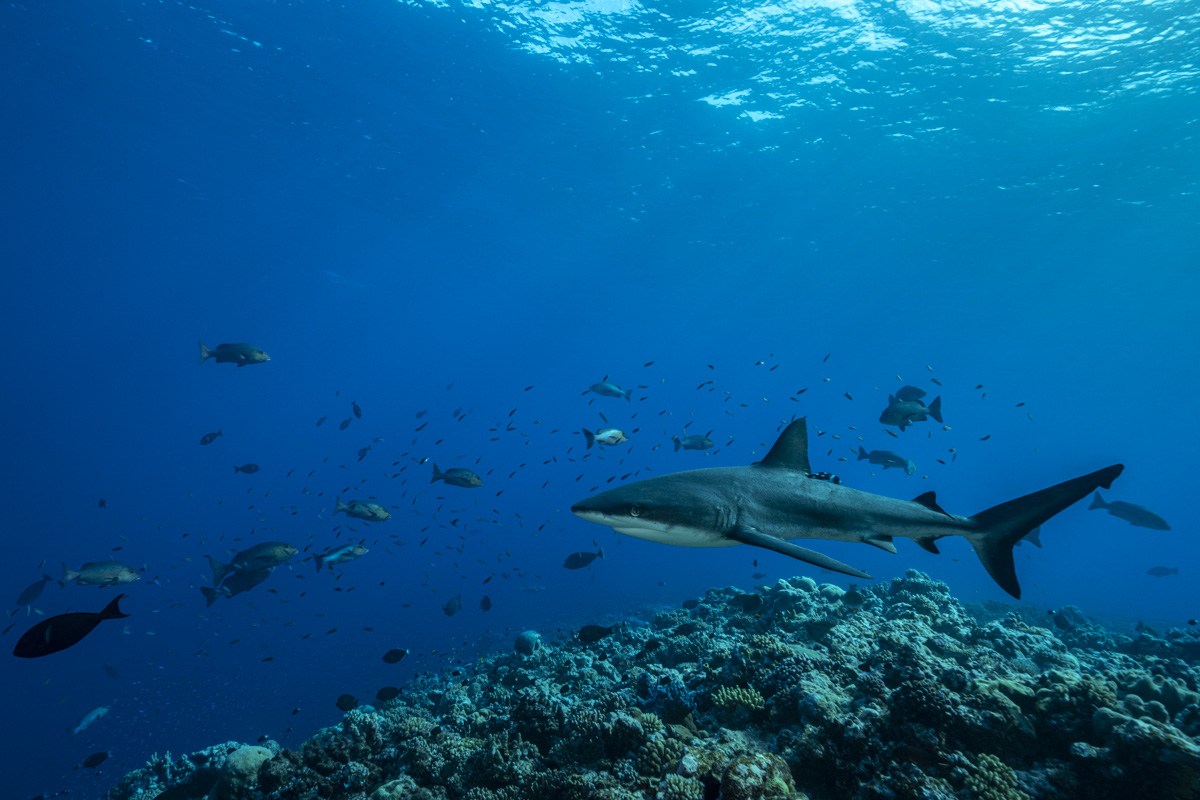
An Ocean at State Zero
This adventure begins around the small, isolated islets of the Astrolabe reefs, right in the heart of the Coral Sea: east of Australia, south of Vanuatu and 150 km northeast of New Caledonia. In 2014, a multidisciplinary scientific mission comprising teams from IRD and the National Geographic Society's "Pristine Seas" mission inventoried and studied the islets of Pétrie and Astrolabe. The mission classified these islets as the wildest, richest and most pristine on our planet, based on criteria such as species abundance and diversity. They thus dethroned the three biodiversity "hot spots" previously considered to be the richest in the world: Coco Island, Kingman Reef and the Chagos reserve.
Some of these isolated islands, in the heart of the Coral Sea Natural Park, are classified by UNESCO as World Heritage Sites. They are closely monitored by the authorities and now have maximum preservation status, known as "integral reserves".
Resilient Ecosystems
350 km northwest of these islets, the Entrecasteaux archipelago reveals another miracle of nature: its astonishing resilience. Unlike Pétrie and Astrolabe, the coral islands of Huon and Surprise have long been exploited by man for guano and whale hunting. This human activity has, by its very nature, impacted the natural environment. However, since the cessation of these human activities, nature has reclaimed its rights. The d'Entrecasteaux reefs, listed as a UNESCO World Heritage site since July 2008, are once again home to an exceptional wealth of marine life. They are also a major site for seabird conservation. The number of breeding pairs is estimated at 30,000, and the number of breeding species at 12.
In a place we're keeping secret, we'll witness the journey of thousands of green turtles. From November onwards, some 50,000 females gather around an islet, ready to lay their eggs. At the end of the day and throughout the night, over 1,000 turtles climb onto this small beach, dig a nest in the sand and lay hundreds of eggs. In the afternoon, in crystal-clear pools not far from the beach, they wait by the hundreds for the "right moment". Around February, their eggs will hatch and 60 million baby turtles will emerge from the islet's beaches to try to reach the waters of the lagoon.
We'll also be exploring the "mesophotic" zone at depths of over 100 metres, where no man has ever been. In particular, we hope to observe the "nautilus", the famous prehistoric cephalopod and emblem of New Caledonia. By chance, we may also come across the deposits of megalodon teeth that were once collected in large quantities by dredging in the north of Grande Terre.
In fact, according to the specialists, every deep dive in this area has brought pleasant surprises, with surprising encounters and sometimes new species.
Finally, our aim is to observe an exceptionally rare moment: coral spawning. One night a year, a few days after the December full moon, coral reproduces. Billions of different species expel their male and female semen to produce eggs that will colonize and revitalize the reefs. This observation will require us to stay up all night by the reef's bedside to witness this magical moment. In the early hours of the morning, we'll be able to observe the egg masses scattered by the waves and currents.
This mission was carried out with the support of our partners.
Would you like to join us?



